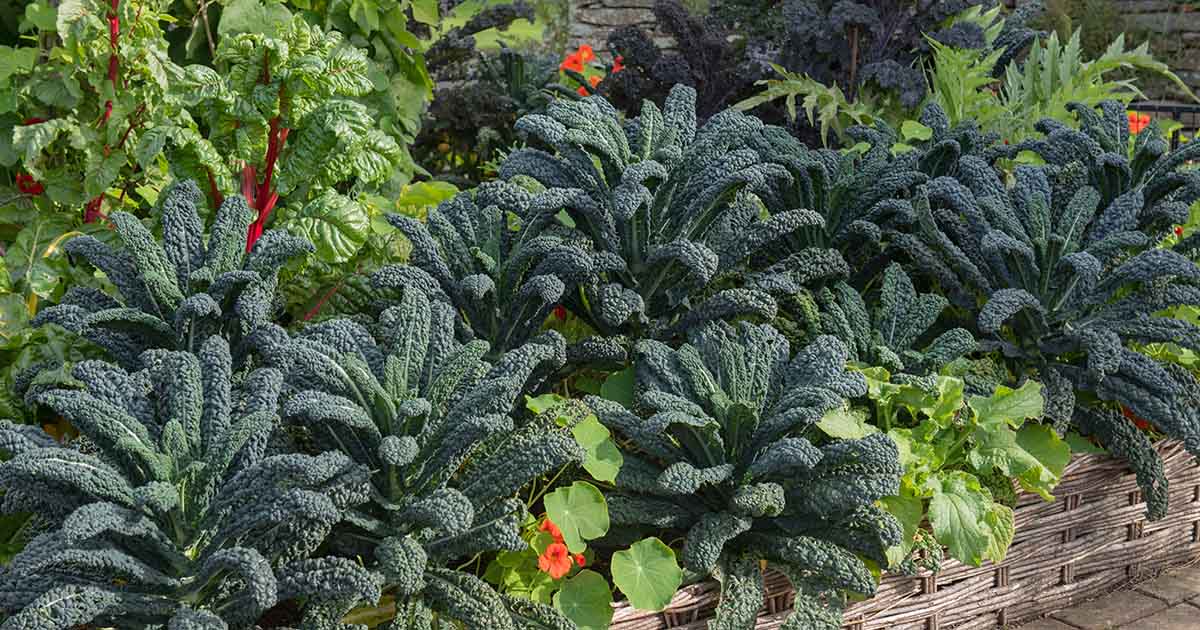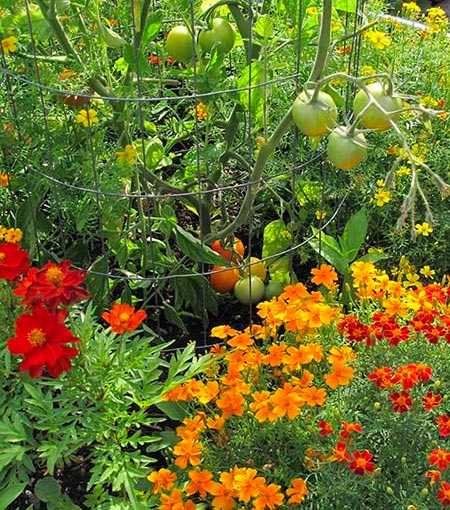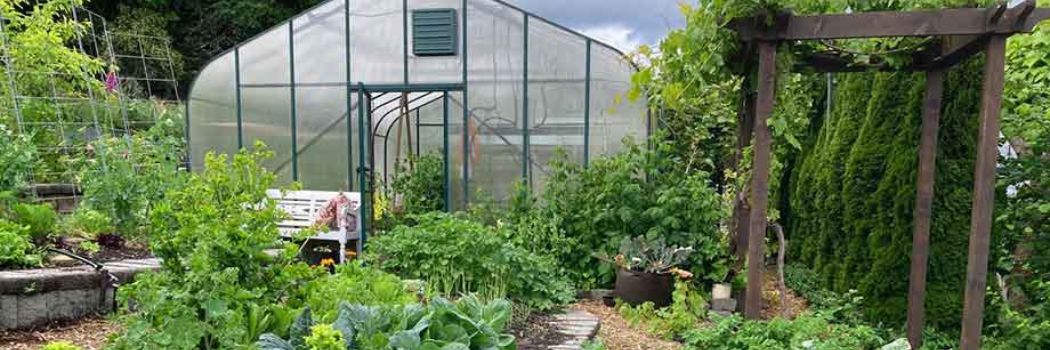Shiso Companion Planting: The Ultimate Guide To Growing Healthy And Productive Plants
Shiso, also known as perilla, is a member of the mint family that is native to East Asia. It is a versatile herb that can be used in a variety of dishes, from salads to sushi. Shiso is also known for its medicinal properties, and it has been used traditionally to treat a variety of ailments.
One of the best ways to grow healthy and productive shiso plants is to practice companion planting. Companion planting is the practice of planting certain plants together to benefit each other. Some plants, for example, attract beneficial insects that help to control pests. Others release chemicals that suppress the growth of weeds. By planting shiso with compatible companion plants, you can create a thriving garden that is both productive and pest-free.
Here are some of the best companion plants for shiso:
- Tomatoes: Shiso and tomatoes are a classic companion planting combination. Shiso helps to deter tomato hornworms, and tomatoes provide support for shiso plants.

- Basil: Basil and shiso are both members of the mint family, and they benefit each other in a number of ways. Basil helps to repel pests from shiso plants, and shiso can help to improve the flavor of basil pesto.

- Parsley: Parsley and shiso are both herbs that prefer full sun and well-drained soil. They can be planted together in a herb garden or in a vegetable garden.
- Onions: Onions and shiso can be planted together to repel pests. Onions release sulfuric compounds that can deter insects, and shiso can help to mask the scent of onions, making them less attractive to pests.

- Marigolds: Marigolds are another great companion plant for shiso. Marigolds release a chemical that helps to repel nematodes, which can be a problem for shiso plants.

In addition to these companion plants, shiso can also be planted near other herbs, such as mint, oregano, and rosemary. These herbs all have similar growing requirements and can help to deter pests.
When companion planting shiso, it is important to consider the spacing requirements of the different plants. Shiso plants can grow up to 3 feet tall and wide, so they need plenty of space to spread. Other companion plants, such as tomatoes and basil, also need plenty of space to grow.
It is also important to consider the sun exposure requirements of the different plants. Shiso plants need full sun, while some companion plants, such as parsley and marigolds, can tolerate partial shade.
By carefully considering the spacing and sun exposure requirements of the different plants, you can create a thriving garden that is both productive and pest-free.
Shiso is a versatile herb that can be used in a variety of dishes, from salads to sushi. It is also a popular companion plant, meaning that it can be grown near other plants to benefit both of them.
Some of the best companion plants for shiso include:
- Tomatoes: Shiso can help to deter pests from tomatoes, such as aphids and whiteflies.
- Basil: Shiso and basil are both members of the mint family, and they complement each other well in flavor.
- Parsley: Parsley is another herb that likes consistent moisture, so it can be a good companion for shiso.
- Cucumbers: Shiso can help to repel cucumber beetles, which are a common pest of cucumbers.
If you are interested in learning more about shiso companion planting, I recommend visiting Garden Wiki. This website has a wealth of information on the topic, including planting tips, companion planting charts, and recipes.
FAQ of shiso companion planting
- What are some good companion plants for shiso?
Shiso is a relatively versatile plant that can be grown in a variety of companion planting combinations. Some good companion plants for shiso include:
* Tomatoes: Shiso can help to deter tomato hornworms and other pests.
* Carrots: Shiso can help to repel carrot flies.
* Cucumbers: Shiso can help to attract pollinators, which can help to improve cucumber yields.
* Beans: Shiso can help to improve the nitrogen content of the soil, which can benefit bean plants.
* Basil: Shiso and basil are both members of the mint family, and they can benefit each other by attracting pollinators and deterring pests.
- What are some bad companion plants for shiso?
Shiso should not be planted near members of the cabbage family, such as broccoli, cauliflower, and Brussels sprouts. These plants can compete with shiso for nutrients and water. Shiso should also not be planted near potatoes, as they can both attract the same pests.
- How far apart should shiso plants be planted?
Shiso plants should be planted about 12-18 inches apart. This will give them enough space to grow and develop properly.
- When should shiso plants be planted?
Shiso plants can be planted in the spring or fall. They prefer full sun but can tolerate some shade. The soil should be well-drained and fertile.
- How do I care for shiso plants?
Shiso plants need regular watering, especially during hot, dry weather. They should also be fertilized every few weeks with a balanced fertilizer. Shiso plants are relatively pest- and disease-resistant, but they may be susceptible to aphids and spider mites. If you notice any pests, you can remove them by hand or use an insecticidal soap.
Image of shiso companion planting
Here are 5 different images of "shiso companion planting" from Pinterest:
- Shiso and tomatoes. Shiso and tomatoes are a classic companion planting combination. Shiso helps to repel tomato hornworms, and tomatoes provide support for the taller shiso plants.

- Shiso and basil. Shiso and basil are also good companion plants. They both have similar growing requirements and help to repel pests.

- Shiso and cucumbers. Shiso can help to repel cucumber beetles, which are a common pest of cucumbers.

- Shiso and beans. Shiso can help to attract pollinators, which are important for beans to set fruit.

- Shiso and lettuce. Shiso and lettuce can be planted together in a salad garden. They both have similar growing requirements and will complement each other in a salad.
Post a Comment for "Shiso Companion Planting: The Ultimate Guide To Growing Healthy And Productive Plants"